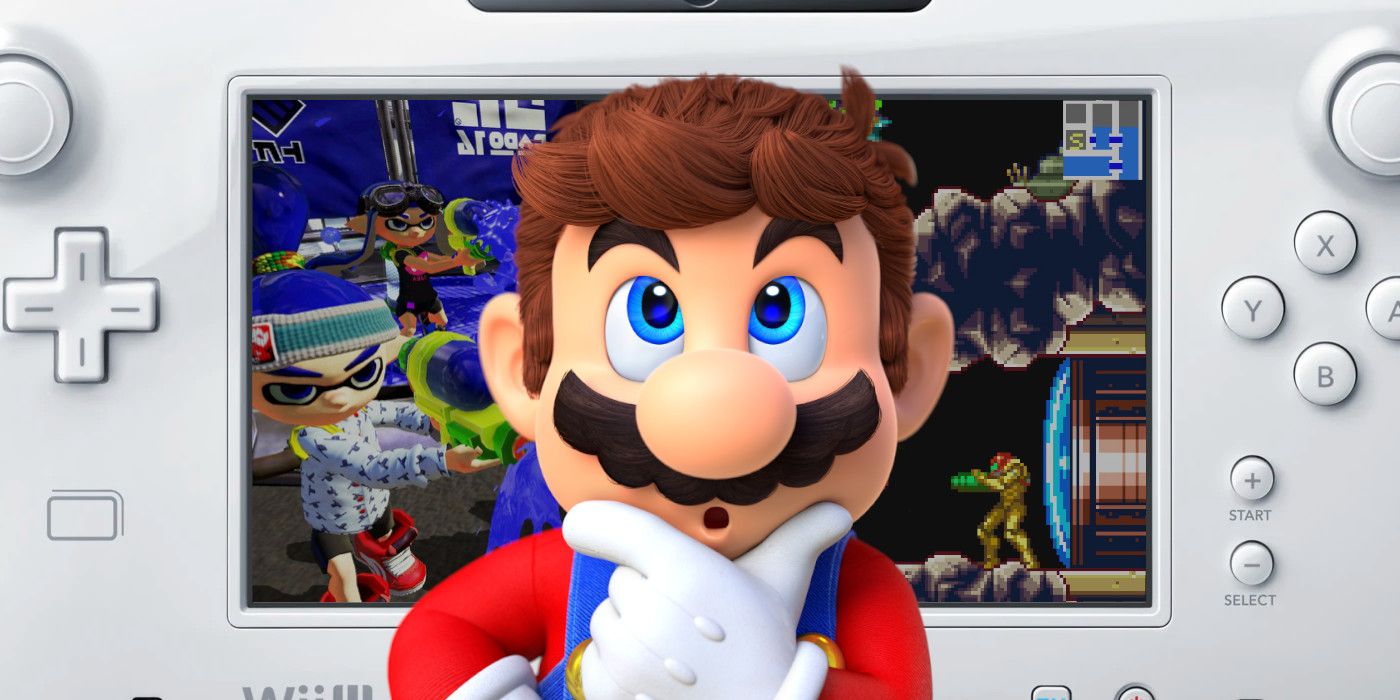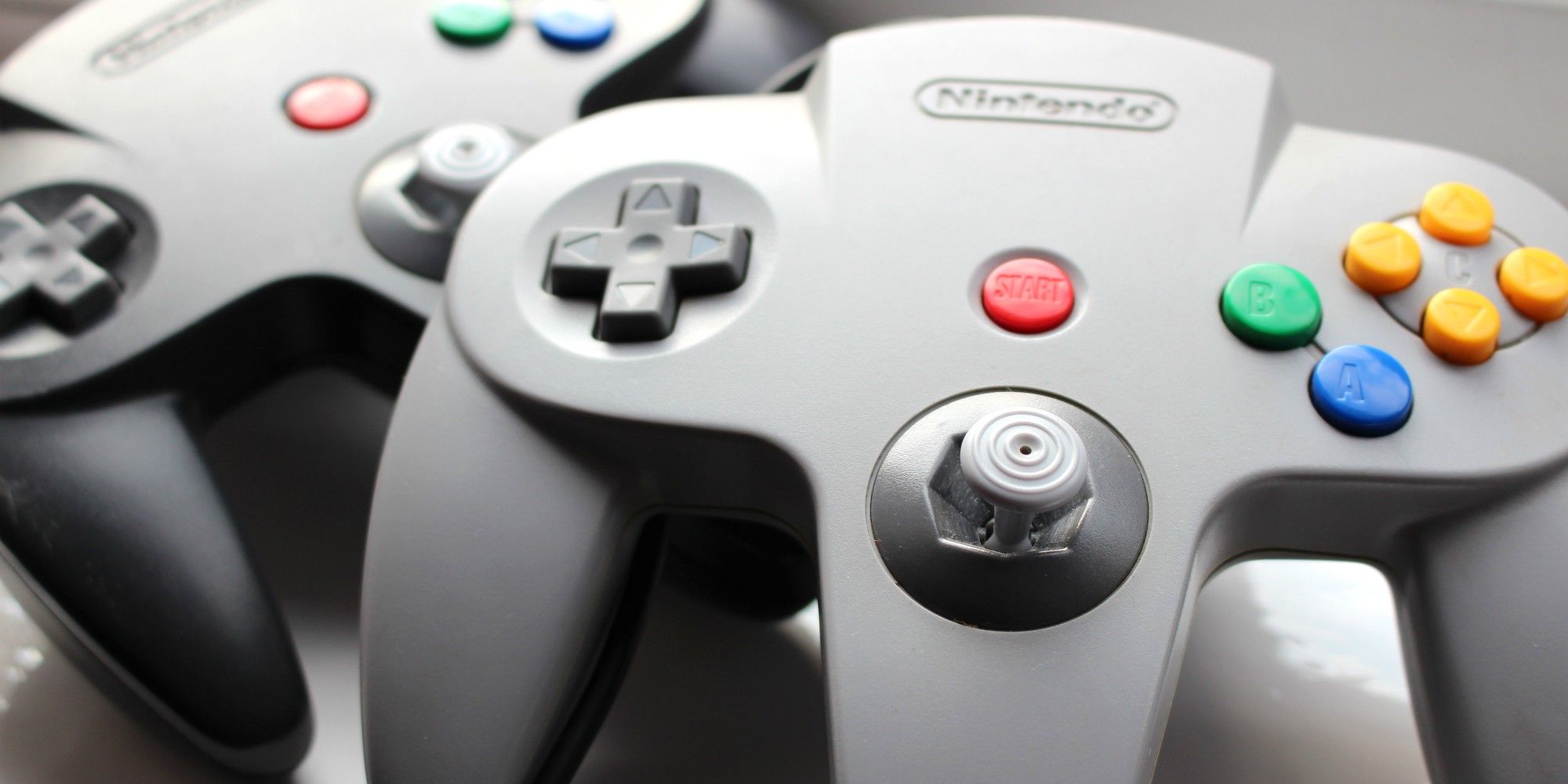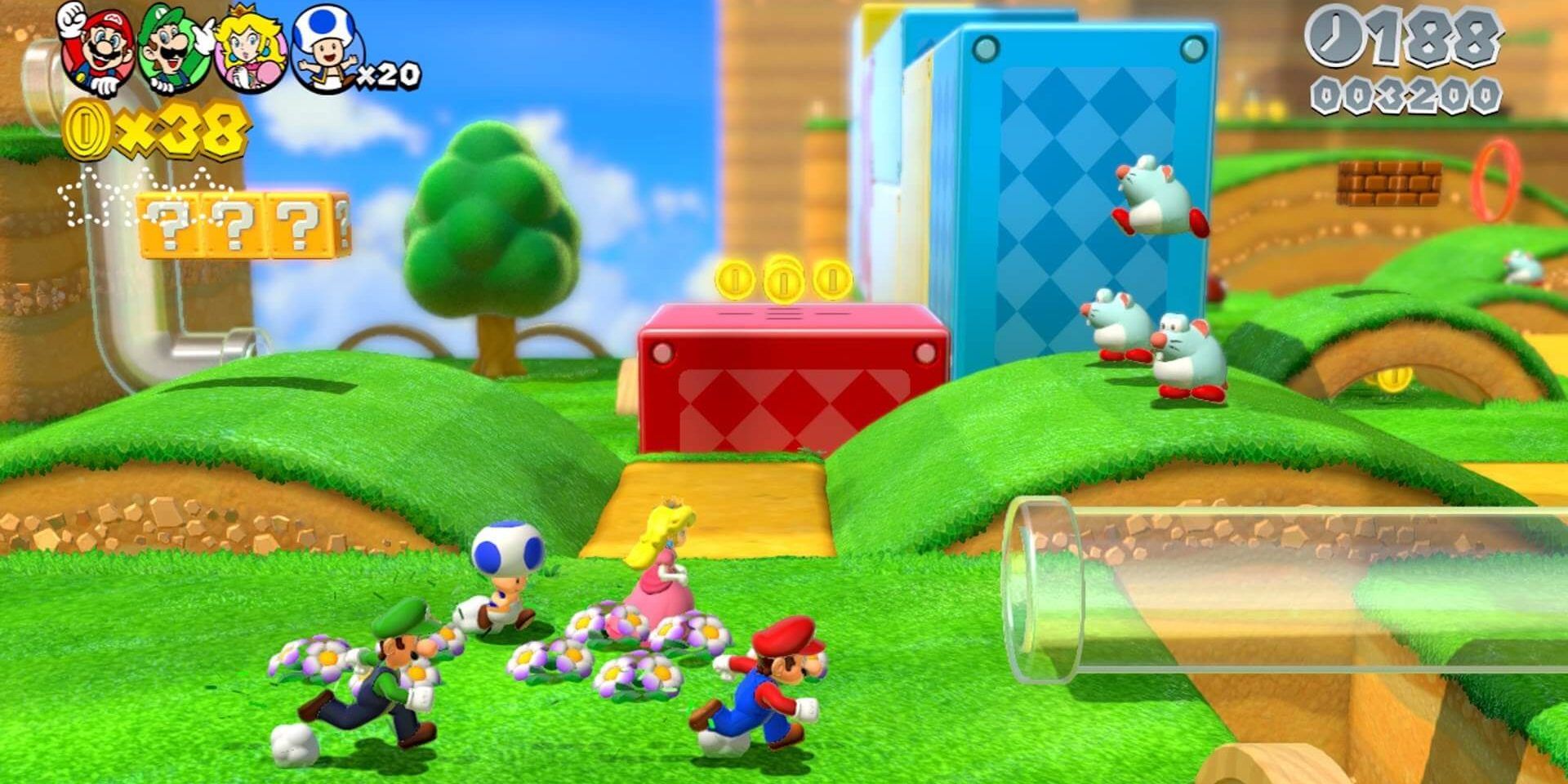The prevailing narrative around the Wii U is that the machine was a failure. In many respects, that's objectively true. From its abysmal install base to its inability to court third-party developers, the Wii U tanked confidence in Nintendo. Even some inside the Nintendo community when the system was commercially relevant were dissatisfied by it. However, the legacy of the Wii U has been kinder than its lifecycle was. Now more than ever, people are willing to entertain the clear successes of the device.
A lot of the Wii U's strengths have been drawn in contrast to the Nintendo Switch's various shortcomings. While the latter is astronomically successful, its few lacking elements underscore where the Wii U succeeded itself. The console's inability to find a foothold in the market led to a myopia that made its victories easy to overlook.
Perhaps the Switch's most baffling stumbling block is its approach to legacy content. Outside of the controversial Nintendo Switch Online suites, little has been done to preserve generations of classic titles. As such, the Wii U looks even better. While its Virtual Console rollout was slow, the final result is an ecosystem that's absolutely stuffed with Nintendo history.
Through Wii U, players have access to content across every system except for the GameCube, Game Boy, Game Boy Color and Virtual Boy. Otherwise, players have access to the bulk of each respective system's greatest titles. From NES to Wii U games proper, there is no better machine to own for experiencing Nintendo's legacy. Those who value this history should invest in a Wii U even in 2021. The value and accessibility of the back catalog on the console alone makes it arguably Nintendo's most essential system.
This is doubly true as the Wii U's legacy content goes deeper than many realize. From Earthbound Beginnings to Sin & Punishment to Kuru Kuru Kururin, the machine allows players to explore corners of that legacy which have gone under appreciated. This content suite isn't just about revisiting the headlining Mario titles, it's about gaining a deeper appreciation for Nintendo's diverse development and publishing lineage. No other console curates a library this deep.
Even divorced from that classic content, the Wii U's exclusive catalog still holds up. While derided in its time for being too iterative, the vast catalog of Wii U ports on Switch and their glowing reception counter that. With key exceptions, the Wii U's exclusives represent some of the most polished and engaging titles Nintendo has ever released. Coupled with the affordances of the misunderstood GamePad, the number of creative experiences on the system produced cannot be understated.
Again, if that wasn't the case, the titles wouldn't have been so successful recycled on the Nintendo Switch. What was obvious to many Nintendo fans during the system's life is now clear to more demographics. While certain franchises were woefully missing from the machine, those which did hit Wii U received some of their absolute best entries.
These games were wrapped in one of Nintendo's best user interfaces and experiences. While the machine's lacking power brought the UI to a crawl in many instances, it was unable to derail the UI's overall success. There was a real synergy within the Wii U ecosystem. Each facet of the console experience was bound to another. The home menu offered a clean, customizable tile layout complete with the music and sound effects characteristic of Nintendo's design on one screen.
On the other, that menu was tied to the chaos of WaraWara Plaza. Here, the user's most played games and spotlighted titles became hubs for the community's Miis to congregate around. They espoused messages from Miiverse, the brilliant onboard social media hub. While it's been since shut down, Miiverse was the key link in this synergy. The service was integrated into both the menu and the games, bringing each element into conversation, and turning the Nintendo experience into a communal one. There is nothing quite like Miiverse and its ability to weave the Wii U experience into something greater by interfacing with its disparate parts.
Underneath the system's overt problems is a machine that feels like a definitive statement. Between its curation of Nintendo's legacy, its run of exclusive titles and its larger ecosystem success, the Wii U deserves more than it has gotten. The console truly deserves to stand at the forefront of its peers, especially from a modern perspective. While the Switch offers access to Nintendo's future, the Wii U is the definitive home of Nintendo's past.



